2022 Toyota Tundra TRD Pro Review - Not Quite A Prius

2022 Toyota Tundra TRD Pro Hybrid
Making a massive brick-shaped object fuel efficient is a hell of an exercise in engineering, I’m certain. There are certain laws of physics that must be accommodated - mass, friction, and aerodynamics all factor in the equation of turning energy into propulsion. Reducing mass, improving aero, and limiting resistance losses from the tires are all ways one might make a truck use fuel more effectively.
Recovering some of that energy used in propulsion is another method - which is what birthed the hybrid vehicle. Toyota has been the leader in hybrids for decades now, which is why it’s rather surprising that it’s taken so long to bring some Prius magic to the full-size truck market. But here we are, with the 2022 Toyota Tundra TRD Pro - an off-road focused, top-of-the-line package that can only be had as a hybrid. But does a simple battery make this three-ton brute a hypermiling champ?
One could blame Toyota’s ridiculously-long product cycles for some of the delay in making a hybrid Tundra. After all, this latest generation is only the third - the previous gen debuted during the Bush administration, an era when electrification of a truck was completely unheard of. That last Tundra wasn’t known for economy - I managed around 16 mpg a few years back in the old model.
This TRD Pro edition, the off-road-focused model just barely wide enough to require clearance lights, is rated for a 19 mpg combined EPA economy figure - and that seems accurate based on my testing. It’s a roughly 20 percent improvement, so while it’s not stellar it’s still an improvement. Lesser trims without the trail features and the steamroller tires can see another 1-2 mpg.
That girth, sadly, makes the Tundra TRD Pro a bit ungainly when navigating the suburban jungle. When trying to negotiate parking lots, I found myself frequently backing up and starting over rather than risking putting a plainly obvious orange scrape on someone’s cherished crossover. This is compounded by a combo of low seating position and a high fender line that makes the corners a bit hard to see. Once up to speed everything seems to shrink around me, but at low speeds even I - at well over six feet and long of torso - felt short.
The ride quality - now improved from older models as the rear is suspended by coil springs - is quite good, especially considering the chunky tires. 437 horses and 583 lb-ft of torque make their presence known at every opportunity - while the Tundra TRD Pro weighs a bit over six thousand pounds, it will get moving with authority
The interior is well-finished and quite comfortable front and rear - it’s a pleasant place to spend a workday or to handle a family road trip. That the seats are quite wide and flat is just fine - you aren’t corner carving in this beast. The new infotainment system is much improved here - the screen is big and clear, and every control is snappy.
I think there’s a lost opportunity here, however - in making the hybrid advantage more accessible and useful. While the extra power from the battery and electric motor is nice, we’ve seen from Ford that even more efficiency is available. The F-150 Powerboost can easily manage 24 mpg - and beyond that, the hybrid system can work as a 7000W generator. The Tundra hybrid can’t - only 400 watts at 120v can be had from a plug. With the off-road focus here, I’d think the Tundra TRD Pro could be useful as a camping vehicle - but the access to the battery power isn’t as useful as it could be.
But that probably doesn’t matter too much to the typical Toyota buyer, who won’t even consider a Big Three truck. The 2022 Toyota Tundra TRD Pro is much improved over last year’s model, with better comfort, more power, better economy, and arguably cooler looks. It’s not a Prius, but it is a Toyota - and that’s all that matters to a segment of shoppers.
[Images © 2022 Chris Tonn/TTAC]
Become a TTAC insider. Get the latest news, features, TTAC takes, and everything else that gets to the truth about cars first by subscribing to our newsletter.

Some enthusiasts say they were born with gasoline in their veins. Chris Tonn, on the other hand, had rust flakes in his eyes nearly since birth. Living in salty Ohio and being hopelessly addicted to vintage British and Japanese steel will do that to you. His work has appeared in eBay Motors, Hagerty, The Truth About Cars, Reader's Digest, AutoGuide, Family Handyman, and Jalopnik. He is a member of the Midwest Automotive Media Association, and he's currently looking for the safety glasses he just set down somewhere.
More by Chris Tonn
Latest Car Reviews
Read moreLatest Product Reviews
Read moreRecent Comments
- Corey Lewis It's not competitive against others in the class, as my review discussed. https://www.thetruthaboutcars.com/cars/chevrolet/rental-review-the-2023-chevrolet-malibu-last-domestic-midsize-standing-44502760
- Turbo Is Black Magic My wife had one of these back in 06, did a ton of work to it… supercharger, full exhaust, full suspension.. it was a blast to drive even though it was still hilariously slow. Great for drive in nights, open the hatch fold the seats flat and just relax.Also this thing is a great example of how far we have come in crash safety even since just 2005… go look at these old crash tests now and I cringe at what a modern electric tank would do to this thing.
- MaintenanceCosts Whenever the topic of the xB comes up…Me: "The style is fun. The combination of the box shape and the aggressive detailing is very JDM."Wife: "Those are ghetto."Me: "They're smaller than a Corolla outside and have the space of a RAV4 inside."Wife: "Those are ghetto."Me: "They're kind of fun to drive with a stick."Wife: "Those are ghetto."It's one of a few cars (including its fellow box, the Ford Flex) on which we will just never see eye to eye.
- Oberkanone The alternative is a more expensive SUV. Yes, it will be missed.
- Ajla I did like this one.











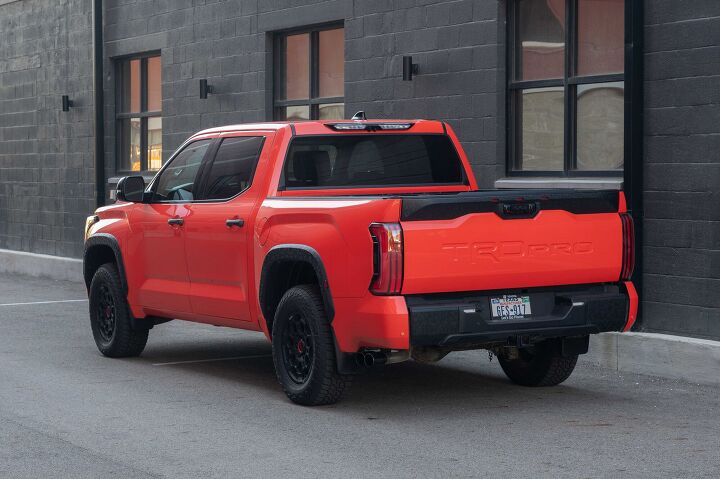














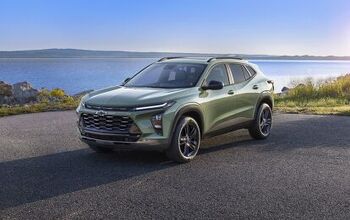

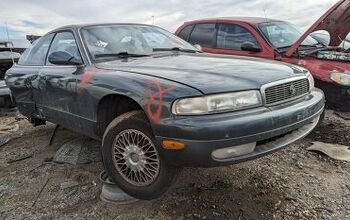
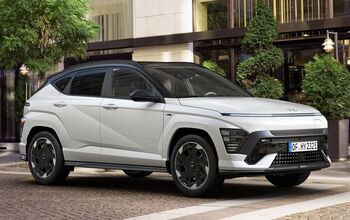
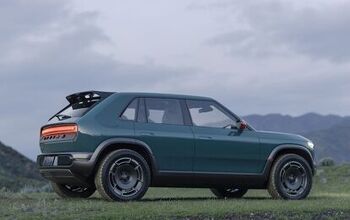
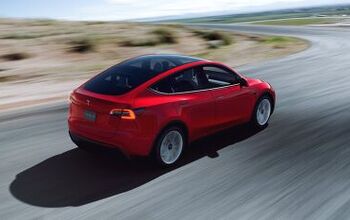
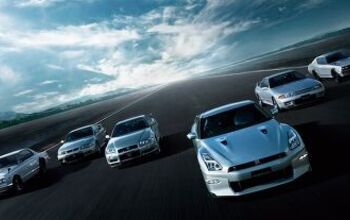
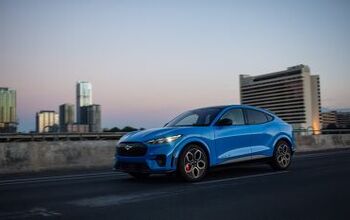
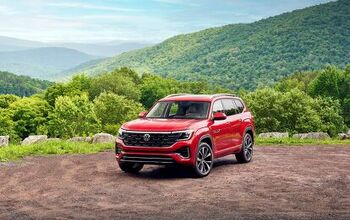
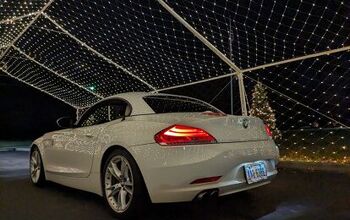


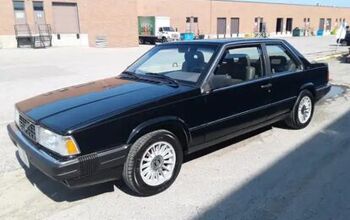
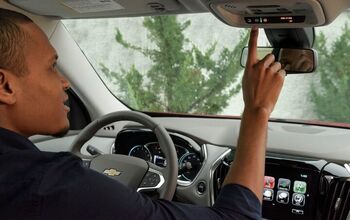
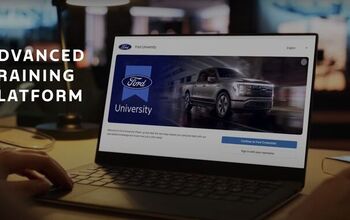
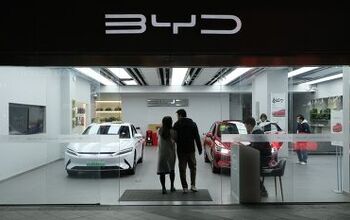
Comments
Join the conversation
This truck doesn't really make sense.
I purchased my 2018 F150 with the 2.7 eco boost in lariat package.
From the specs, my truck matches this Hybrid in fuel economy, betters it in payload, slightly worse tow ratings, BUT costs half the price!
Incredible truck! I`m on thoughts to buy one these year. Is it really can drive on el only? I found it can make up to 18 mph, but it will be probably for no more a mile